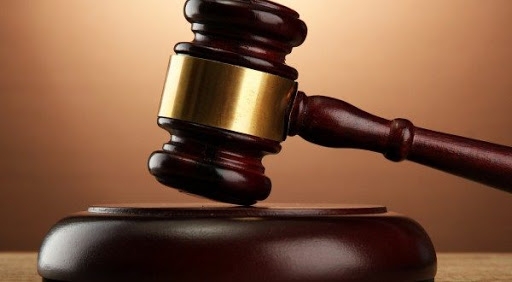The great political battles of the early 1960s were fought between two parties: the Kenya African National Union and the Kenya African Democratic Union.
Kadu was actually formed as a direct response to what was feared to be the likely domination of the nation’s politics by “the two big tribes” — the Kikuyu and the Luo — who were at the helm in Kanu.
And as a counter to this dreaded domination, at the forefront of Kadu’s manifesto was the creation of a “majimbo” system of government, which we now call ‘devolution’.
This was intended to dilute the powers of the central government and to make it impossible for an imperial president, entrenched in Nairobi, to ignore the regional priorities of various parts of the country.
There are two points worthy of reflection here.
First is that whereas the Kikuyu retain their primacy as the largest ethnic group in Kenya, the Luo are by now not second or even third, but fourth in terms of voting power. They have long been overtaken by the Luhyia and the Kalenjin in the big tribes pecking order and are now only ahead of the fifth (and final) big tribe – the Akamba.
The other point is that the leaderships of the Kikuyu and the Luo are now the most ardent proponents of devolution. It would seem that these leaders have a keen sense of history and are well aware that where any one tribal overlord may command impressive numbers at some point in history and seem to be capable of imposing his will on smaller tribes, this may not last very long.
And so, we find that former Prime Minister Raila Odinga, a Luo, is referred to by many of his supporters around the country as “the father of devolution,” given his key role in campaigning for the 2010 Constitution.
Also, his joint Building Bridges Initiative with President Uhuru Kenyatta, a Kikuyu, was in large part an attempt to entrench devolution even further by enhancing the sums set aside for “devolved funds”.
I explain all this to get to just one point. Former Deputy PM Musalia Mudavadi’s ANC party resolved to work with Deputy President William Ruto’s UDA on Sunday.
All that matters is that these political rivalries, however intense they may be, should be resolved peacefully, through a free and fair election.
Now, if this in any way takes a substantial portion of the Luhya vote into Ruto’s corner, then we are back to the precise political schisms that existed at the dawn of Independence.
By which I mean that the Rift Valley and Western Kenya leadership is in one corner and the Mt Kenya and the Luo leadership is in the opposing corner.
Two clarifications though: First, it is unfair to refer to Raila – at this stage in his political career – as, primarily, a Luo political leader. He has long gone beyond that with unshakeable support in most of the coastal region; amongst the Kisii community; and in some other electoral pockets.
Then, back in the early 1960s, the Coast did have a “mugogo” – a supreme political leader – in Ronald Ngala, who together with the Kalenjin’s Daniel Moi and Western Kenya’s Masinde Muliro, formed a kind of Kadu triumvirate to champion the cause of “small tribes”.
Finally, the Akamba once again present a crucial swing vote through former VP Kalonzo Musyoka’s Wiper party – just as the most influential Kamba leader of the 1960s, Paul Ngei, had his African People’s Party.
So, by an odd twist of history, and after all these years of complex chess games involving regional vote blocs, we have arrived at more or less the same political face-off as we had in the early 1960s.
But even odder is that it is the former “big tribes” – the Kikuyu and the Luo – who are spearheading the cause of devolved government. While their political rivals give little attention to devolution and indeed DP Ruto, a Kalenjin, actively campaigned against the 2010 Constitution that gave the country devolution.
At the end of the day though, all that matters is that these political rivalries, however intense they may be, should be resolved peacefully, through a free and fair election.









![[PHOTOS] Boniface Kariuki honoured with flag-draped coffin](/_next/image?url=https%3A%2F%2Fcdn.radioafrica.digital%2Fimage%2F2025%2F07%2Fc7df13cc-0b58-4ec7-b6a4-7e32e1d9ec63.jpg&w=3840&q=100)

